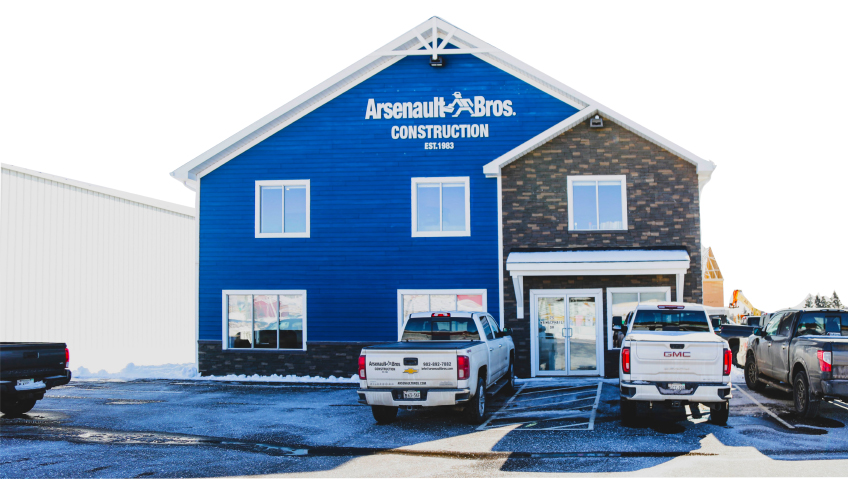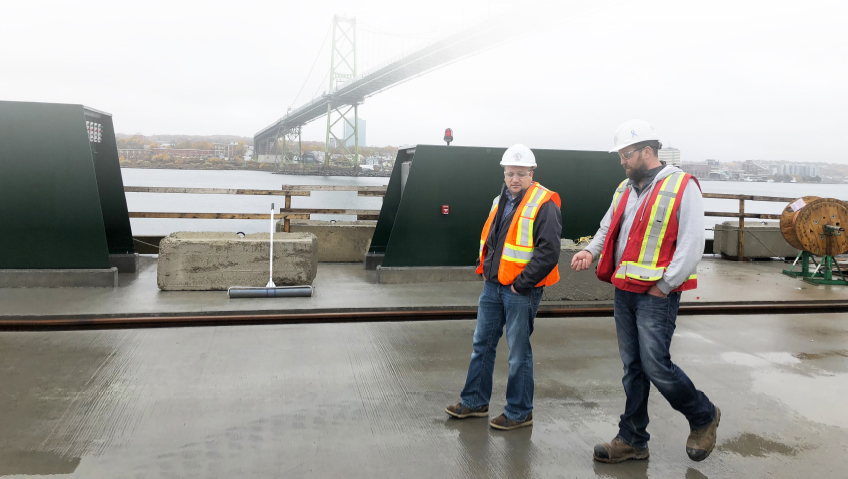The Restoration Industry Association (RIA) is the oldest and largest nonprofit professional trade association for the restoration industry. “We serve as the unified voice of restorers,” says CEO Kristy Cohen. “We educate, advocate, and elevate the restoration industry. Every industry needs a strong trade association to protect and promote the best interests of its members, and that is why the RIA is so important.”
On the educational front, a major focus for the organization is certification training. “The RIA provides the industry’s highest level of certification training in the areas of water loss, fire loss, content loss, and environmental risk in restoration, all which lead up to the premier Certified Restorer certification,” Cohen says. “These certifications set restoration contractors apart as experts in their field and support our goal as an association to truly elevate the restoration industry.”
The team recently launched an exciting new certification program that qualifies participants as Environmental Risk Specialists (ERS). “That course prepares restorers to navigate industry guidelines and regulations and improve their awareness and understanding of environmental hazards including chemical, biological, radiological, nuclear, explosives, and other risks that are associated with disaster sites,” Cohen says. “This new certification will help better prepare restorers for the various types of environmental risks they may encounter in their disaster response work.”
Advocacy is an equally important pursuit, and the association’s newly formed legislative taskforce is working to monitor and evaluate legislation at both the state and federal levels that could impact the restoration industry. The taskforce provides “a venue for restoration contractors to proactively come together and address legislation that may be coming down the pipeline,” Cohen explains. Being more proactive in legislative monitoring and government affairs “is the latest phase of our advocacy blueprint that we’re engaging in now.”
Another of the RIA’s key commitments is to protect the financial and legal interests of restoration contractors and help them work collaboratively and fairly with insurers and other stakeholders who are involved in the industry. The team wants “to ensure that our members have equity in the insurance ecosystem, that they’re able to perform the work necessary and be paid the customary and reasonable price for the work performed,” says Cohen.
The RIA’s Advocacy and Government Affairs (AGA) committee “works to unite restorers around substantive positions that all restoration contractors can agree on and that address some of the common problems that they’re facing,” she says. To this end, the team has developed several peer-reviewed position statements to help restoration contractors navigate and overcome these common challenges. For example, “we’re finding that restoration contractors may be facing challenges where insurance carriers and their partners are trying to prohibit deviation from the use of standardized price lists,” shares Cohen. “We’ve developed a position statement that essentially says that insurance carriers and their partners should not prohibit deviations from standardized price lists. Every restoration project is unique and the costs required to carry out the job are going to vary.”
She explains that, “We’ve also developed position statements that address the issue of third parties attempting to unilaterally dictate restoration procedures, scope, price, or billing.” Peer-reviewed positions are bringing restorers together and building cohesion throughout the industry by promoting “productive conversations with carriers or third parties when these challenges are arising.” These position statements cover the appropriate role of adjusters, who play an important role in the restoration ecosystem, by “clarifying that it’s not an adjuster’s role to tell a contractor how to write an estimate, or invoice, or what to charge for work performed outside of a managed repair network or a TPA (third party administrator) program.”
Cohen adds that an increasingly common industry challenge is the refusal of insurance carriers to pay restoration charges on the grounds that these expenses are simply the cost of doing business. “Our position statement really makes it clear that, subject only to the limits of the policy, all costs that result from covered losses must be paid by the carrier unless a specific written exclusion expressly applies.”
Another RIA advocacy effort is to conduct a Third Party Administrator (TPA) scorecard survey that gathers feedback directly from restoration contractors on their experience working with a variety of TPAs. “The goal of this is to really improve the contractor / TPA relationship,” Cohen says. “Our restoration advocate utilizes the results of the survey to have productive and collaborative conversations with third party administrators to work toward addressing some of the concerns that come through in that survey report.”
Indeed, the RIA is always on the lookout for any emerging challenges within the industry in order to best support its members. “We are looking at issues around overhead and profit for our industry, including some of the assumptions that are made around overhead and profit and what is reasonable for restoration contractors,” says Cohen. “We’re also looking at increasing inflation and labor costs and how those costs are accounted for in the various pricing software that restorers and insurance carriers are using.”
The RIA has hit its stride as an association and is currently experiencing an exciting period of expansion. “We’ve got great momentum because we have stepped into the role of being the voice of the industry and we can take on those issues that restoration contractors certainly can’t take on by themselves,” says Cohen. “Now that we have that at the forefront of the work that we do, we anticipate achieving significant growth as an association.”
The team wants to attract restorers with businesses of all sizes, from family-owned independent shops all the way up to large, multi-location companies. “We want to make sure that we have the participation of all contractors: from large enterprise and franchise members to independent contractors and those who may be newer to the restoration industry. We really want to show all restorers that this is the place for you,” Cohen says.
Indeed, to be even more inclusive, the RIA is rolling out a new model of membership costs that allows “all restoration companies, whether you are large, small, independent, or part of a franchise, to join the association. It gives membership flexibility in terms of the amount of dues that companies are paying to come on board and it creates a great opportunity for restoration contractors who have never been members to join the association,” says Cohen.
Restorers who are interested in joining the RIA can visit restorationindustry.org, where visitors to the site will find opportunities for certification training as well as a wide variety of exciting networking events, including a technical conference this fall and the RIA’s big annual convention in April, “which is just a phenomenal, must-attend event. Check us out because we do have a lot of great opportunities for restoration contractors to network and engage with the RIA,” says Cohen.
“We’re really excited to see a bright future ahead for the organization and our industry, as we see traction being made with our advocacy efforts,” she says. “We’re going to continue to be united, we’re going to see more collaboration and most importantly, more of an impact on the issues that matter most to restoration contractors.”






